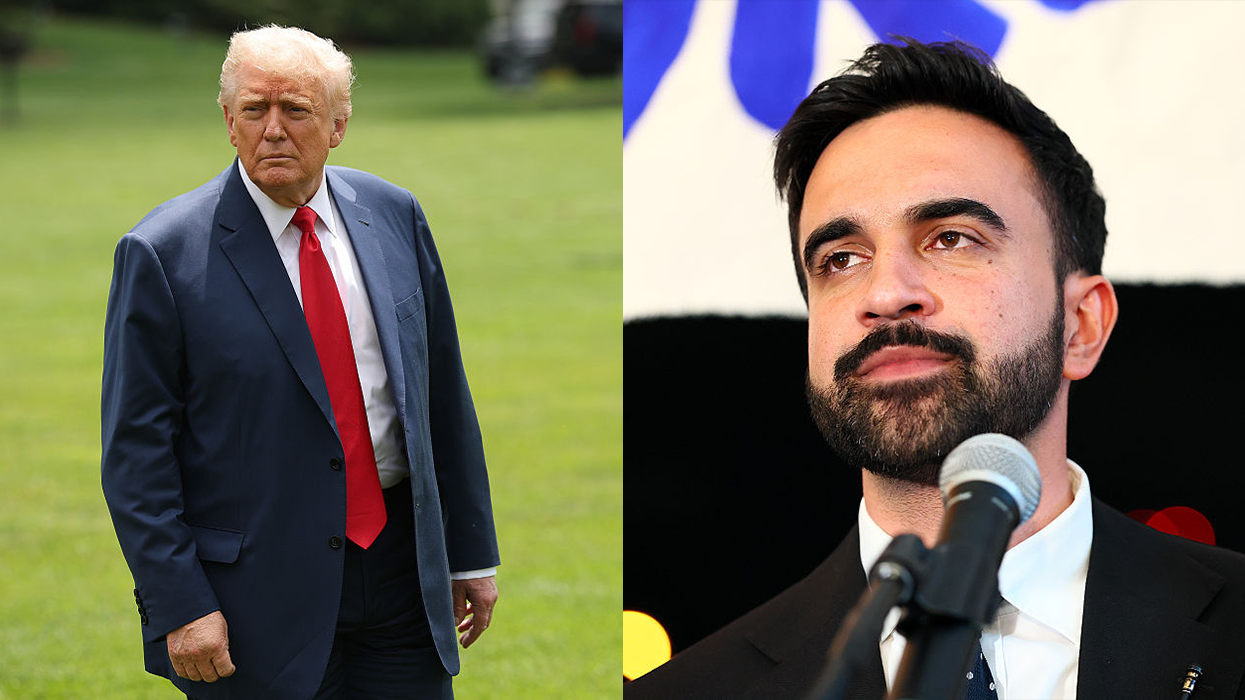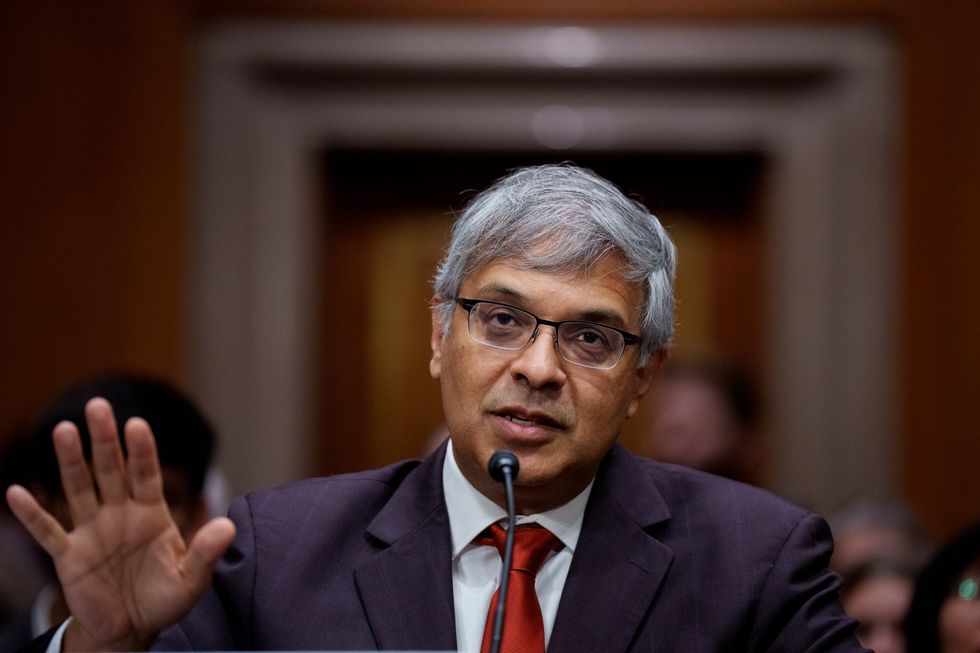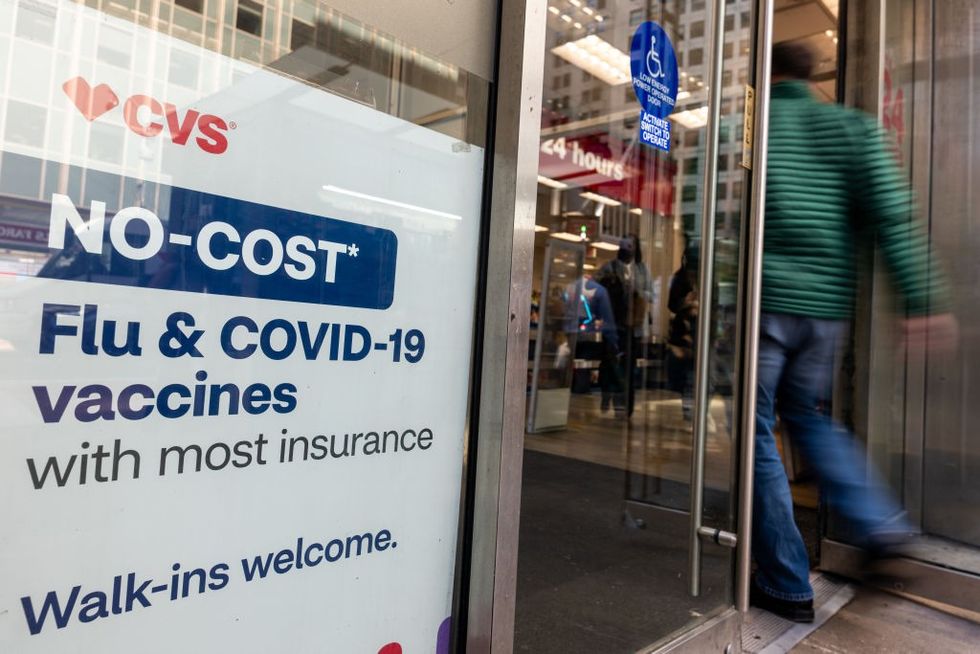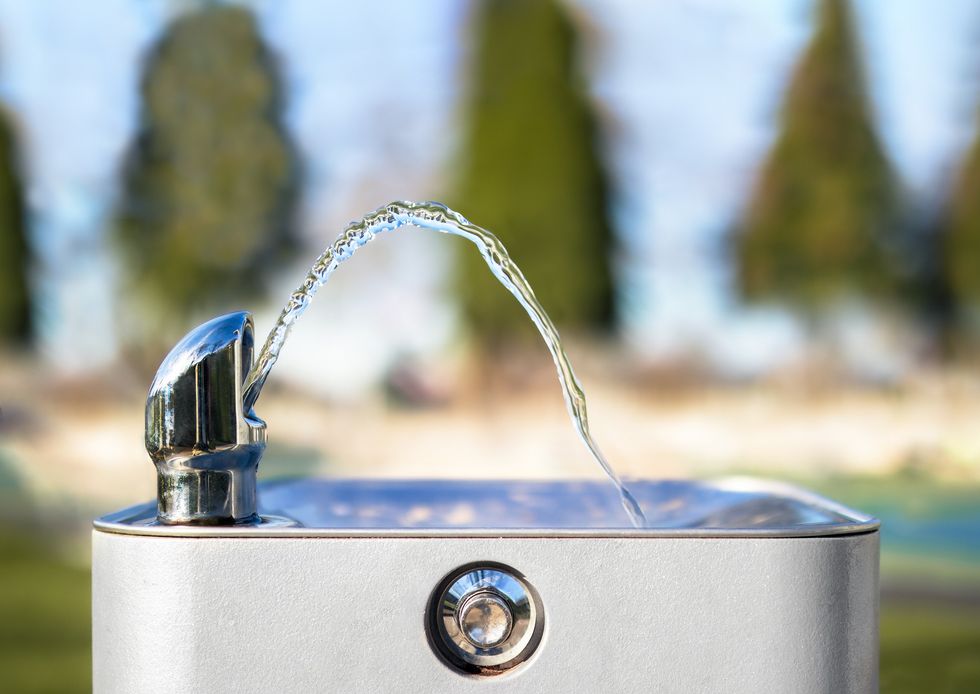Rhinoplasty, often called a “nose job,” is a surgical procedure to alter the shape of the nose by reshaping the bone or cartilage.
It is one of the most frequently performed plastic surgeries.
Tragically, a 21-year-old woman, Karen Julieth Cárdenas Uribe, recently passed away following a catastrophic nose job procedure. The rhinoplasty operation resulted in her “lungs full off blood” The Sun informs.
The Colombian psychology student from South America reportedly lost consciousness shortly after returning home from the surgery on January 29th.
Her family supposedly quickly revived her and took her to the hospital, where she experienced multiple cardiac arrests, as her heart stopped pumping blood.
But despite the efforts of medical personnel, the young woman continued to lose consciousness.
The doctors eventually resuscitated her but opted to place her in an incubator to help support her breathing.
Speaking about the tragic incident, Karen’s brother is quoted as saying, “She was a healthy woman, she never had any serious health problems and was in good physical shape.”
He also said that scans revealed Karen had “considerable amount of blood in her lungs, trachea and oesophagus and she couldn’t breathe.”
He adds, “They did what they could, but after six cardiac arrests she passed away.”
The family has now announced their intent to file a complaint with the Public Prosecutor’s Office to determine if any parties are responsible for medical negligence.
What is rhinoplasty surgery?
Individuals opt for rhinoplasty to fix nose damage from injury, improve breathing issues or address a congenital issue, or to enhance the appearance of their nose.
The Mayo Clinic informs that rhinoplasty is a difficult surgery due to several reasons.
Firstly, the nose is a complex 3-dimensional structure located in the centre of the face. And although the alterations made during rhinoplasty are often minimal, they can significantly affect both the appearance and function of the nose.
Also, the subtle modifications leave little room for any error.
Additionally, during the surgery, swelling and the application of local anesthesia in the skin can obscure the changes made, as they alter the shape of the nose.
Furthermore, there is no universal approach to rhinoplasty, as each procedure is personalised to meet the specific needs of a patient. So, the steps taken and plan followed can vary from case to case.
According to the British Association of Aesthetic Plastic Surgeons (BAAPS), rhinoplasties remain the sixth most popular cosmetic surgery among women in the UK.
However, the number of rhinoplasties performed in the country has seen a steady decline over the past decade, from 4,878 in 2013 to only 1,330 in the previous year.
This decline is due to increasing numbers of women opting for safer and often more cost-effective alternatives to traditional rhinoplasty.
The American Society of Plastic Surgeons on the other hand, reports that in 2020, nose reshaping was the most frequently performed cosmetic surgery procedure in the US, with a total of 352,555 procedures performed.
Nose jobs for purely cosmetic purposes are not covered by the NHS in the UK, but reportedly may be offered if needed for breathing difficulties.
The NHS states that rhinoplasty surgery may rarely result in:
• Persistent breathing difficulties
• Damage to the cartilage wall separating the nostrils
• A changed sense of smell
• Severe nosebleeds
Also, like all surgical procedures, rhinoplasty carries the potential risks of infection, bleeding, blood clot in a vein or an adverse reaction to anesthesia.
Healthline informs that in addition, rhinoplasty may also carry the risk of breathing difficulties, nosebleeds, numbness in the nose, asymmetry in the nose shape and scarring.
The surgeon is supposed to thoroughly discuss with the patient, the likelihood of these potential risks and complications and outline the necessary steps for treating them, should they arise.
Prior to undergoing surgery, the surgeon will review your medical history and inquire about any ongoing medications or health conditions.
For individuals with hemophilia, a condition that leads to excessive bleeding, the surgeon may reportedly advise against undergoing elective surgery.
Furthermore, it’s important to be aware of the financial aspects of the surgery. If the purpose of the rhinoplasty is cosmetic, it is less likely to be covered by insurance.
While a non-invasive alternative to traditional rhinoplasty, known as a “nonsurgical rhinoplasty,” can be performed using fillers and supposedly cost less than £300, a surgical nose job typically costs upwards of £7,000 and involves staying in the hospital for a couple of nights with accompanying health risks.






 Post-surgery, Arjun experienced a significant improvement in his physical health /Lepra
Post-surgery, Arjun experienced a significant improvement in his physical health /Lepra







 Firoza and Rupali
Firoza and Rupali

